Description
- Language and music: what characteristics do they share?
- How can speech affect a music lesson in a positive way and foster the development of the children's capabilities?
- “Itsy Bitsy Spider”: why traditional nursery rhymes are a pool of knowledge for the teaching of musical elements?
- From vocal experimentation to setting of literary texts to music: examples of voice activities.
The book is basically focused on singing speech: vocal sounds, every day words, proverbs, children's songs and rhymes, verse or prose texts are used in the development of rhythmic perception, creativity, motor co-ordination, vocal skill and perception of melody.
It is not a coincidence that some great music educators such as Karl Orff and Zoltan Kodaly have expressed the view that speech is the most natural way for a child to approach music.
The book is divided in two parts. The first part examines on a theoretical level the relation between language and music. The second part presents practical examples of language implementation in the classroom, providing some teaching material. The suggested activities are meant for preschool and primary school children and teachers can choose amongst activities with varying difficulty.
Pages: 120
Language: Greek
Publisher: Fagotto Books
Details
| Number of Pages | 120 |
|---|---|
| Publisher | Fagotto |
Reviews
Write Your Own Review
Product Tags
-
10003024
€22.00
In stock
-
10003023
€20.00
In stock
-
10003027
€20.00
In stock
-
10-003013
€14.50
In stock
-
9789600100990
€15.00
In stock
-
201.DIA.BK.004
€35.00
In stock
-
W009900025
€18.50
In stock
-
978-960-01-1287-0
€29.90
In stock
-
W549900060
€31.40
In stock
-
9790801151544
€16.00
In stock
-
979-0-801151-26-1
€25.00
In stock
-
9607075714
€12.00
In stock
-
9790801151469
€19.00
In stock
-
9790801151155
€35.00
In stock
-
9607075676
€20.00
In stock
-
9790801151315-BK
€14.00
In stock









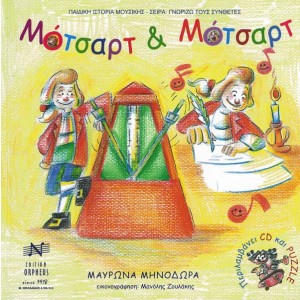
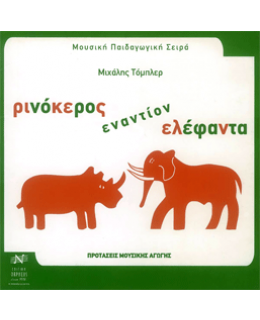
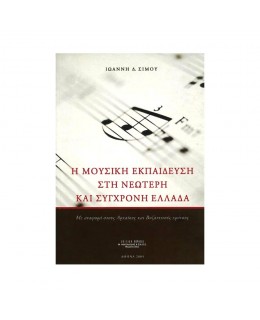

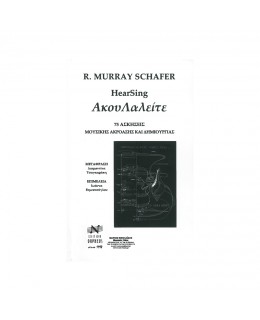
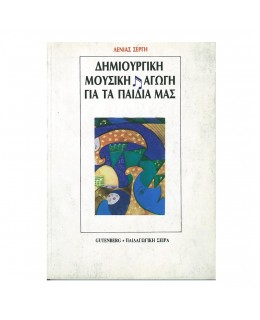
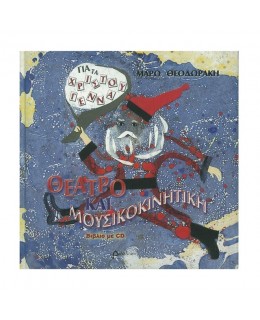
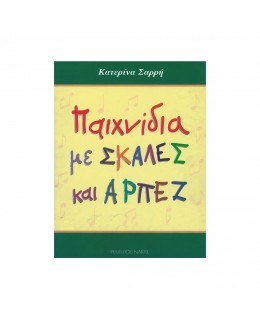


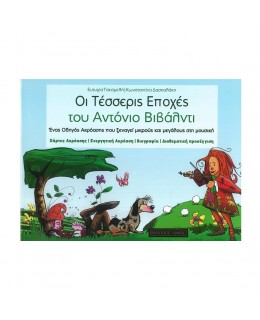
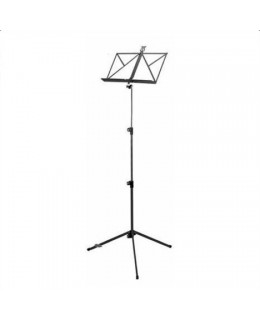
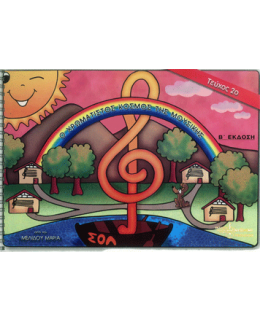
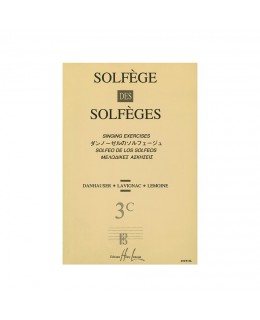
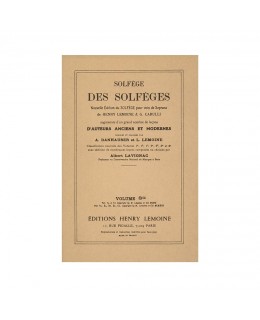

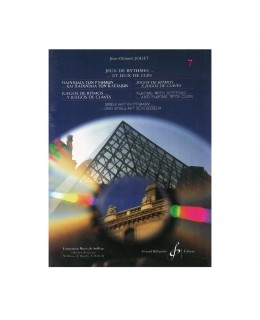
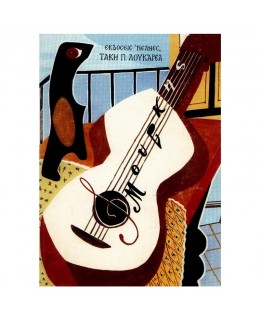
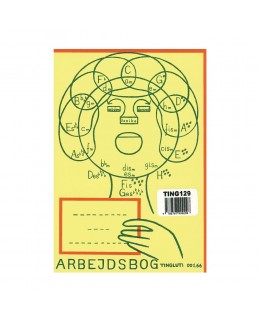
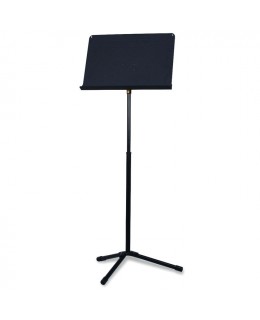
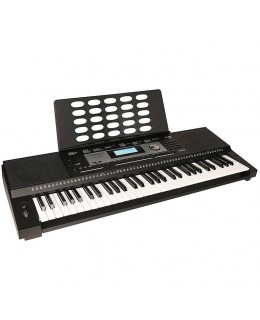
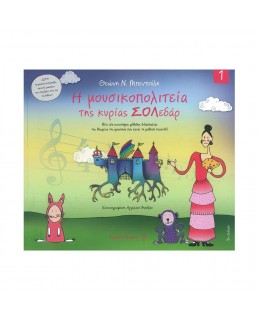
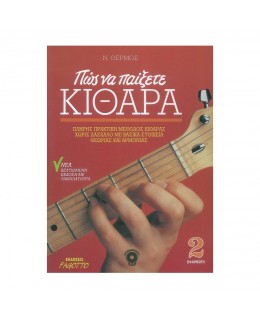
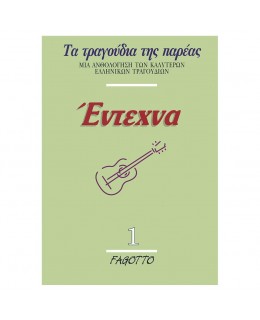

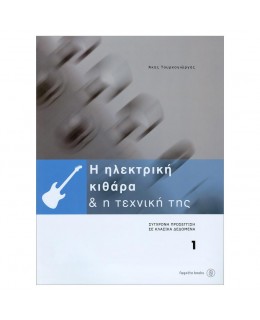
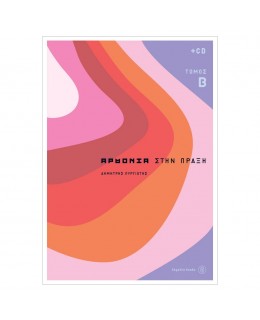

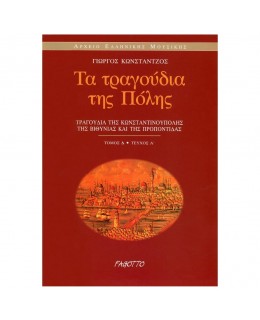




